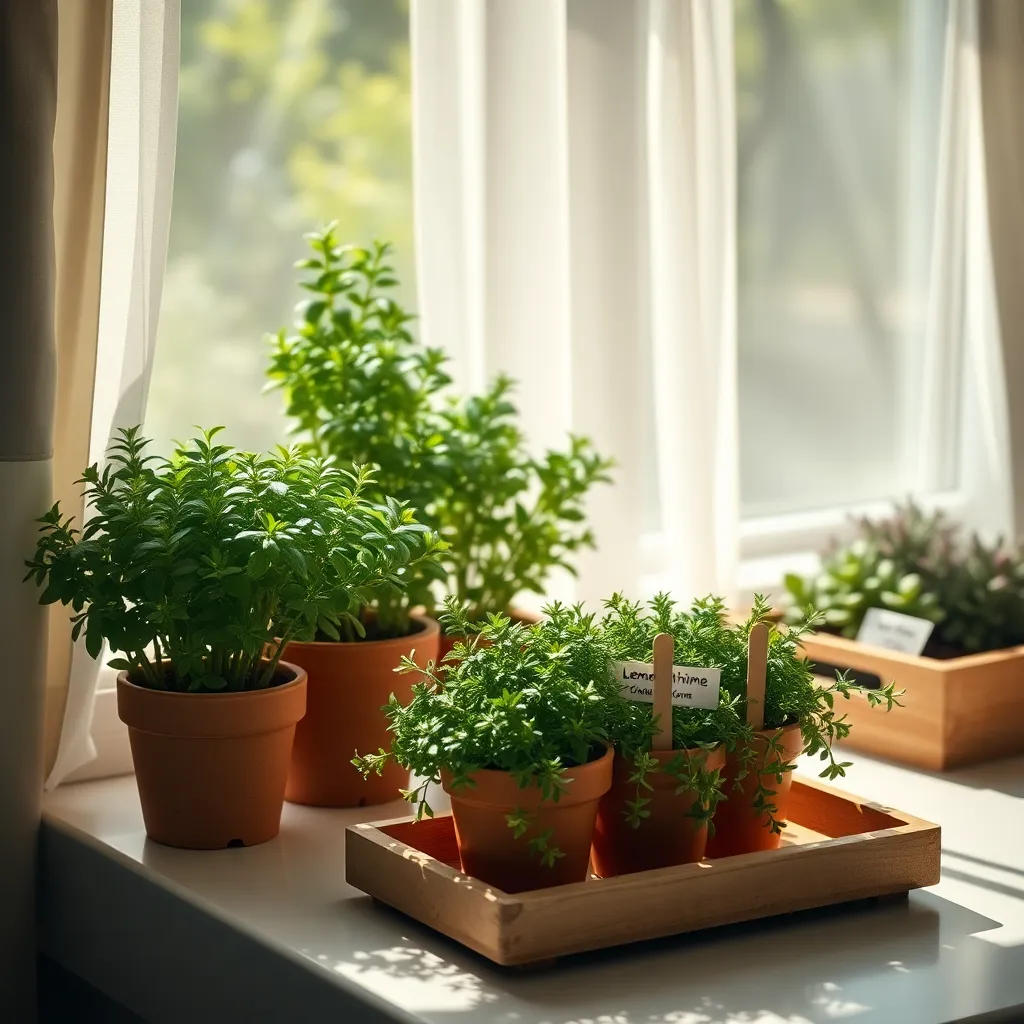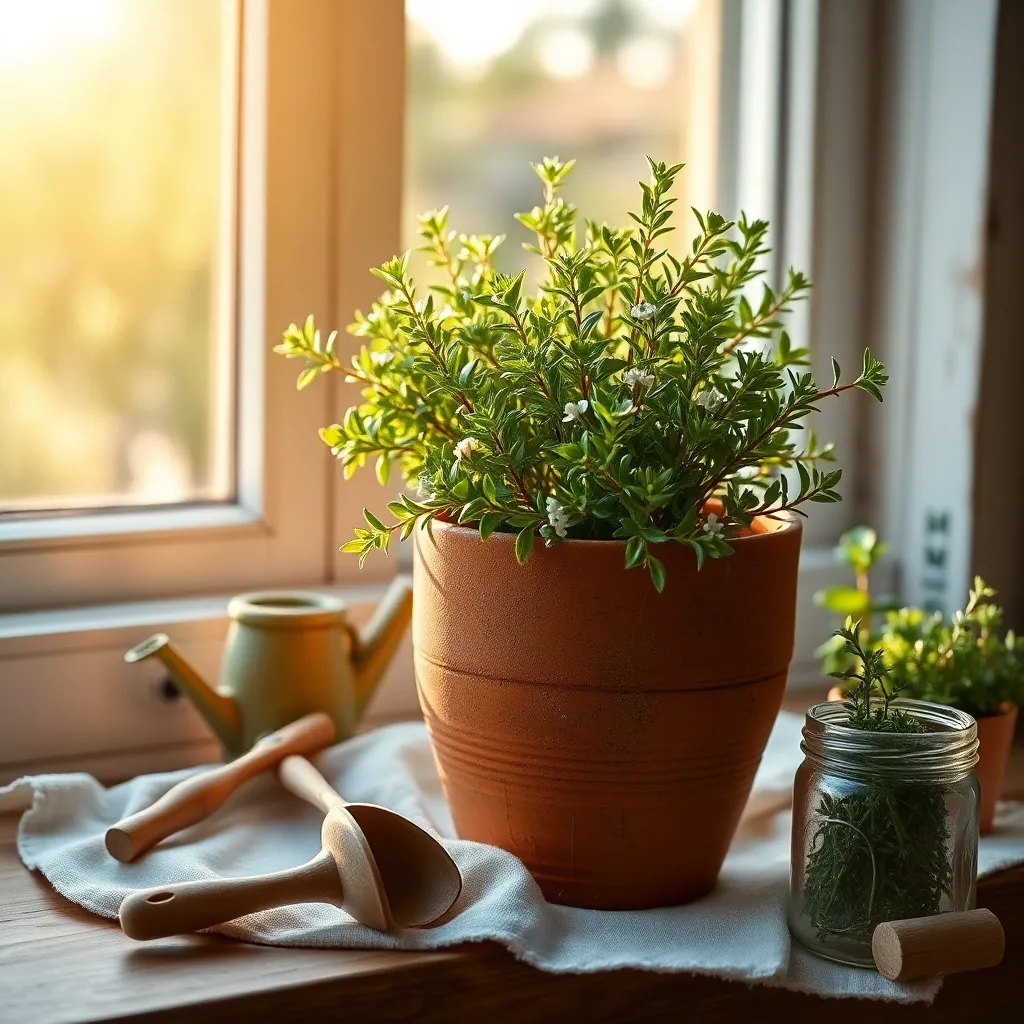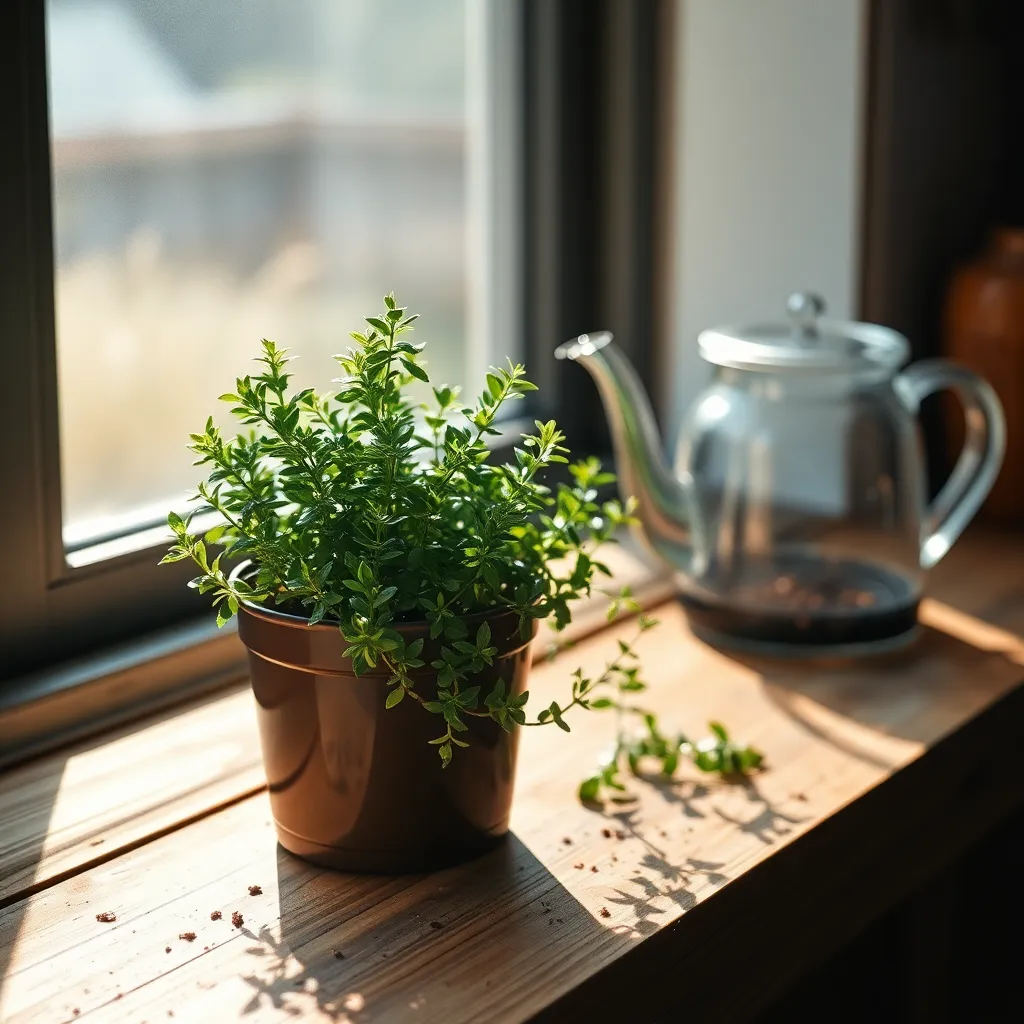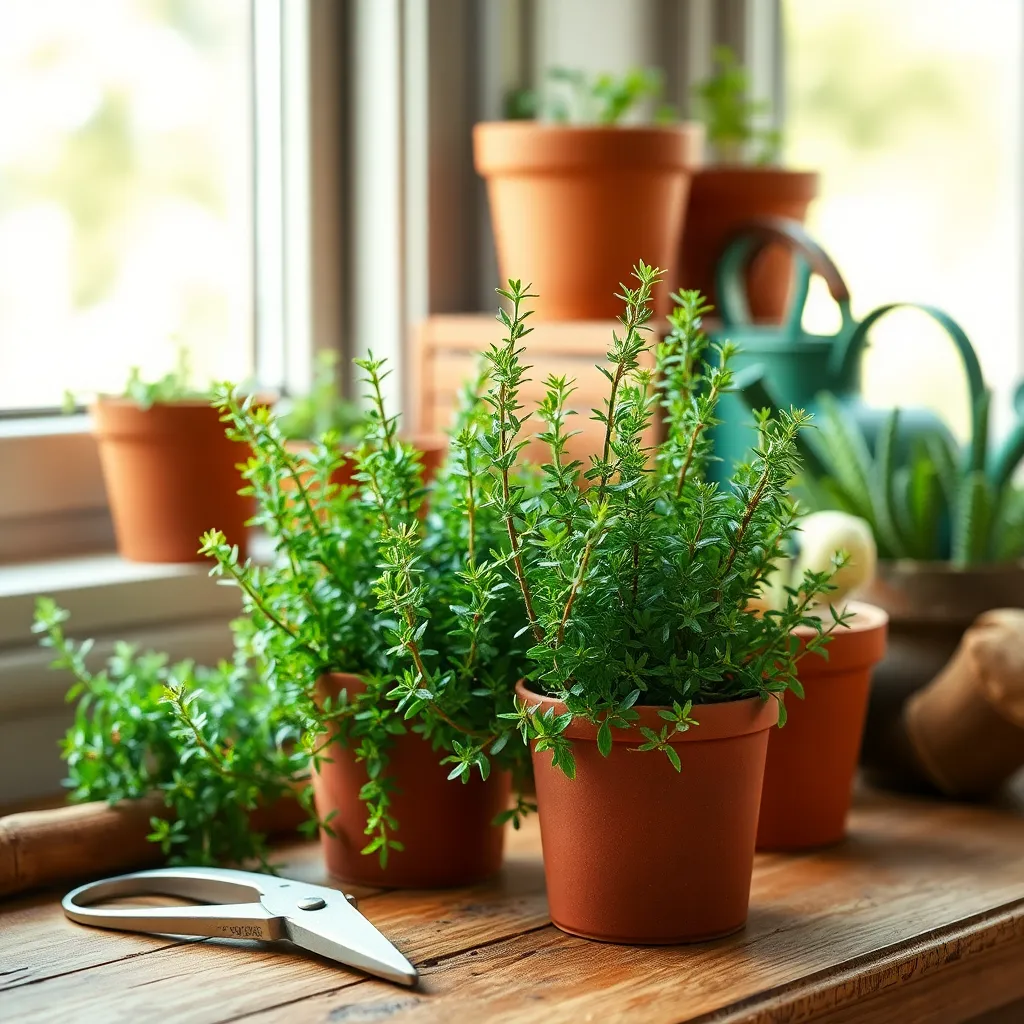Imagine having the delightful aroma of fresh thyme wafting through your home, even when the world outside is blanketed in snow. For both budding gardeners and seasoned green thumbs, learning to grow thyme indoors is an exciting opportunity to bring a slice of the Mediterranean into your living space, no matter the season. As a versatile herb that thrives with minimal fuss, thyme can grace your kitchen with its culinary magic and add a charming touch to your indoor garden.
Whether you’re just starting your gardening journey or have a history of nurturing lush indoor plants, cultivating thyme indoors offers rewarding benefits for all. In this article, you’ll discover the essential steps to successfully grow thyme indoors, from choosing the right variety to perfecting your watering routine. With practical tips and expert advice, you’ll be well-equipped to ensure your thyme plant flourishes, providing you with a steady supply of fresh, fragrant leaves to enhance your meals and invigorate your senses.
By the end of the article, you’ll have the confidence to transform a simple pot into a thriving thyme haven. You’ll learn how to provide optimal light conditions, tailor your care routine to suit thyme’s unique needs, and troubleshoot common issues to keep your plant healthy and vibrant. Let’s embark on this gardening adventure together, and soon, you’ll be harvesting your very own thyme, bringing both flavor and beauty into your home.
Select a Suitable Thyme Variety

Choosing the right thyme variety is crucial for successful indoor growth. Common thyme (Thymus vulgaris) is a popular choice due to its hardiness and versatile flavor.
For those looking for something ornamental, lemon thyme (Thymus citriodorus) offers attractive foliage and a citrus aroma. It thrives in sunny spots and can bring a delightful fragrance to your indoor space.
Consider using a well-draining potting mix, such as a blend of sand, perlite, and standard potting soil, to meet thyme’s requirements. Ensure your thyme plants have adequate drainage by using pots with drainage holes to prevent root rot.
Watering should be done sparingly, as thyme prefers slightly dry conditions. Allow the top inch of soil to dry out between waterings to maintain optimal growth conditions.
Prepare Well-Draining Potting Mix

Creating a well-draining potting mix is essential for growing thyme indoors successfully. Start by selecting a high-quality potting soil as your base, which will provide the necessary nutrients and structure for the plant.
To enhance drainage, mix in coarse sand or perlite, which helps prevent water from pooling at the roots. Aim for a ratio of about two parts potting soil to one part sand or perlite, ensuring your thyme’s roots have the aeration they need.
Consider adding a small amount of organic material, such as compost, to boost nutrient levels in the mix. This not only enriches the soil but also helps maintain a light and fluffy texture, which is beneficial for thyme’s growth.
Before planting, moisten the potting mix slightly to ensure it’s ready to support your thyme plant. This initial preparation will promote healthy root development and encourage your thyme to thrive indoors.
Position in Sunny Windowsill

When positioning thyme indoors, finding a sunny windowsill is crucial for its growth. Thyme thrives in bright light, so look for a spot that receives at least 6 to 8 hours of direct sunlight daily.
Consider south or west-facing windows, as they typically provide the most consistent light. If natural light is insufficient, supplement with a grow light to ensure thyme receives adequate illumination.
Ensure your thyme pot is placed securely on the windowsill to prevent any accidents. Keeping the pot elevated slightly on a tray or saucer can help with drainage and prevent water damage to windowsills.
For those in regions with less sunlight during winter, rotate the plant regularly to promote even growth. This practice helps all sides of the plant receive equal light, maintaining a balanced shape and healthy development.
Water Sparingly to Avoid Overwatering

Thyme thrives with minimal watering, making it an ideal candidate for those who often forget to water their plants. To avoid overwatering, allow the soil to become almost completely dry before adding more water. This can be checked by sticking your finger about an inch into the soil; if it feels dry, it’s time to water.
When watering, aim to moisten the soil without soaking it, as thyme is sensitive to excessive moisture. It’s advisable to use a pot with drainage holes and a well-draining soil mix, such as one containing equal parts potting soil, sand, and perlite. This combination ensures excess water drains quickly, reducing the risk of root rot.
Consider using a spray bottle to gently mist the soil surface, which can help prevent overwatering while ensuring the thyme receives enough moisture. Advanced gardeners often gauge the weight of the pot to determine when it needs water; a light pot indicates dry soil, while a heavier pot suggests it’s still moist. This skill can be particularly helpful as you become more familiar with your plant’s needs.
For those looking to further optimize their watering routine, placing a humidity tray near your thyme can provide a gentle increase in air moisture without overwhelming the plant. This technique is especially useful in dry indoor environments, where thyme might struggle with low humidity. By following these practical steps, you’ll cultivate a thriving thyme plant indoors, ready to enhance your culinary creations.
Prune Regularly for Bushy Growth

Regular pruning is essential for promoting bushy growth in your indoor thyme plants. By trimming the tips of the stems, you encourage the plant to branch out, leading to a fuller appearance.
When you prune, use sharp, clean scissors or pruning shears to make precise cuts. Aim to cut just above a leaf node, as this is where new growth will emerge, enhancing the plant’s shape and density.
Timing your pruning sessions is crucial; perform them every few weeks to continuously stimulate growth. Avoid cutting more than a third of the plant at once to prevent stress, ensuring your thyme remains healthy and vigorous.
For those looking to maximize their harvest, consider pinching back the top leaves regularly. This technique not only promotes bushier growth but also provides a continuous supply of fresh thyme for culinary use.
Conclusion: Growing Success with These Plants
In cultivating thyme indoors, you’ve uncovered five key relationship concepts: nurturing growth through consistent care, understanding the environment needed for flourishing, recognizing the importance of patience, adapting to changing conditions, and celebrating small successes along the way. These principles don’t just apply to plants; they’re the cornerstone of healthy, thriving relationships.
As you finish this journey, take an immediate step by choosing one relationship in your life to nurture with the same attention you’ve given to your thyme. Perhaps it’s a friend you’ve lost touch with, a partner needing a little extra love, or a family member you wish to connect with more deeply.
Don’t let these insights drift away. Bookmark this article now, ensuring these valuable lessons are just a click away whenever you need a reminder. Remember, the seeds of relationship success are sown with dedication and care, and your efforts today will blossom into the strong connections of tomorrow. Embrace this journey with confidence and watch your relationships, much like your thyme, thrive and enrich your life.
